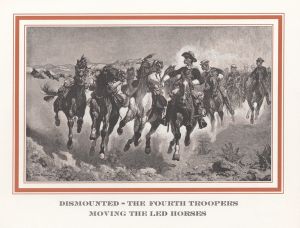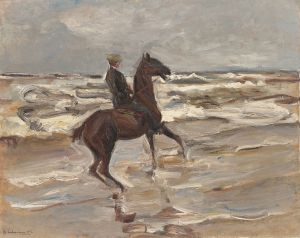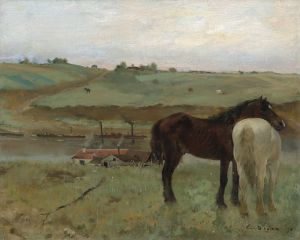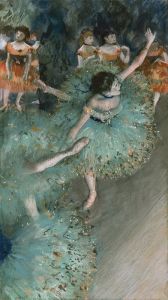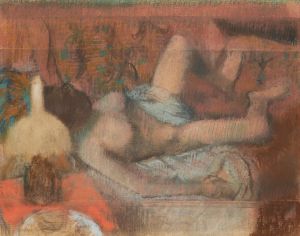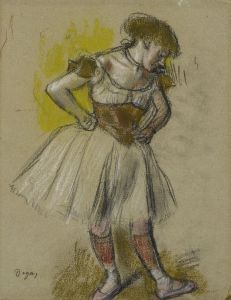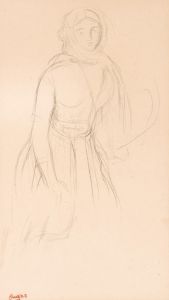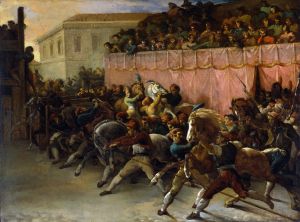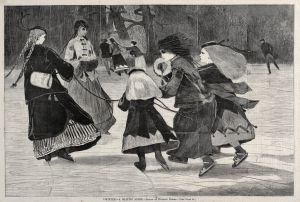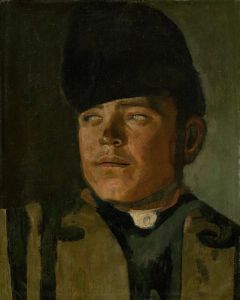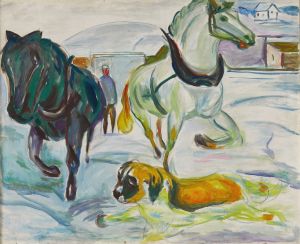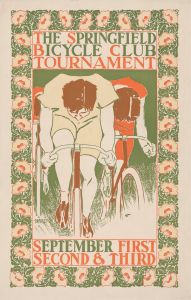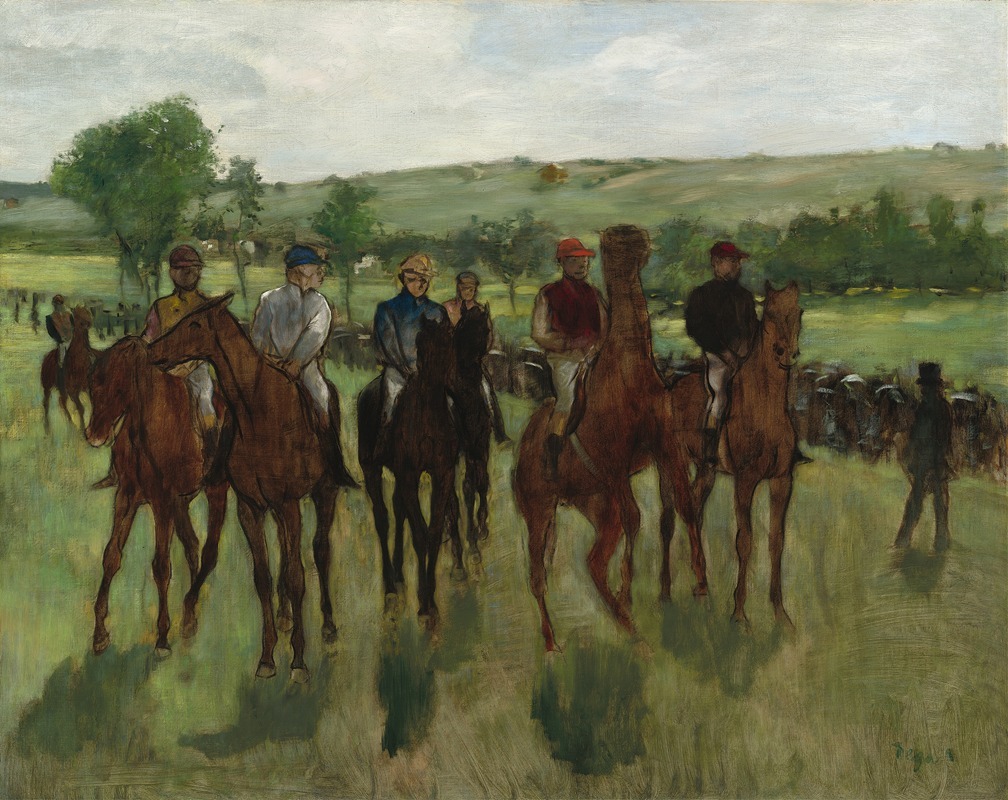
The Riders
A hand-painted replica of Edgar Degas’s masterpiece The Riders, meticulously crafted by professional artists to capture the true essence of the original. Each piece is created with museum-quality canvas and rare mineral pigments, carefully painted by experienced artists with delicate brushstrokes and rich, layered colors to perfectly recreate the texture of the original artwork. Unlike machine-printed reproductions, this hand-painted version brings the painting to life, infused with the artist’s emotions and skill in every stroke. Whether for personal collection or home decoration, it instantly elevates the artistic atmosphere of any space.
Edgar Degas, a prominent French artist associated with the Impressionist movement, is renowned for his works that capture the dynamism and grace of movement, particularly in ballet dancers and horse racing scenes. One of his notable paintings in the latter category is "The Riders" (French: "Les Cavaliers"), which exemplifies his keen interest in equestrian subjects and his innovative approach to composition and perspective.
"The Riders" is an oil painting that showcases Degas's fascination with the world of horse racing, a popular pastime in 19th-century France. This painting is part of a broader series of works where Degas explored the theme of horse racing, a subject that allowed him to study movement, form, and the interaction between humans and animals. Degas was known for his meticulous observation and his ability to capture fleeting moments, a skill that is evident in "The Riders."
In "The Riders," Degas employs a composition that is both dynamic and balanced, capturing the tension and anticipation of a race about to begin. The painting typically features jockeys mounted on their horses, poised and ready, set against a backdrop that suggests the racetrack environment. Degas's use of color and light in this work is subtle yet effective, highlighting the musculature of the horses and the concentration of the riders. His brushwork is both precise and expressive, conveying the energy and movement inherent in the scene.
Degas's interest in horse racing was partly influenced by the popularity of the sport in Paris during his lifetime, as well as by his own personal experiences attending races. He was known to frequent the racetracks at Longchamp and Chantilly, where he would sketch and observe, gathering material for his paintings. This firsthand experience is reflected in the authenticity and detail of his equestrian works.
"The Riders" also reflects Degas's broader artistic concerns, such as his interest in capturing modern life and his innovative use of perspective. Unlike many of his contemporaries, Degas often chose unconventional viewpoints, sometimes depicting scenes from above or at unusual angles, which added a sense of immediacy and realism to his work. This approach can be seen in "The Riders," where the composition may include a slightly elevated perspective, allowing viewers to feel as though they are part of the scene.
Degas's equestrian paintings, including "The Riders," were well-received during his lifetime and continue to be celebrated for their technical mastery and insight into the world of horse racing. These works are an important part of his artistic legacy, showcasing his ability to blend traditional techniques with modern subjects and perspectives.
Overall, "The Riders" is a testament to Edgar Degas's skill as an observer and painter of movement, capturing the elegance and excitement of horse racing with a keen eye for detail and composition. The painting remains a significant example of his work in the Impressionist style, reflecting both his personal interests and the cultural milieu of his time.





